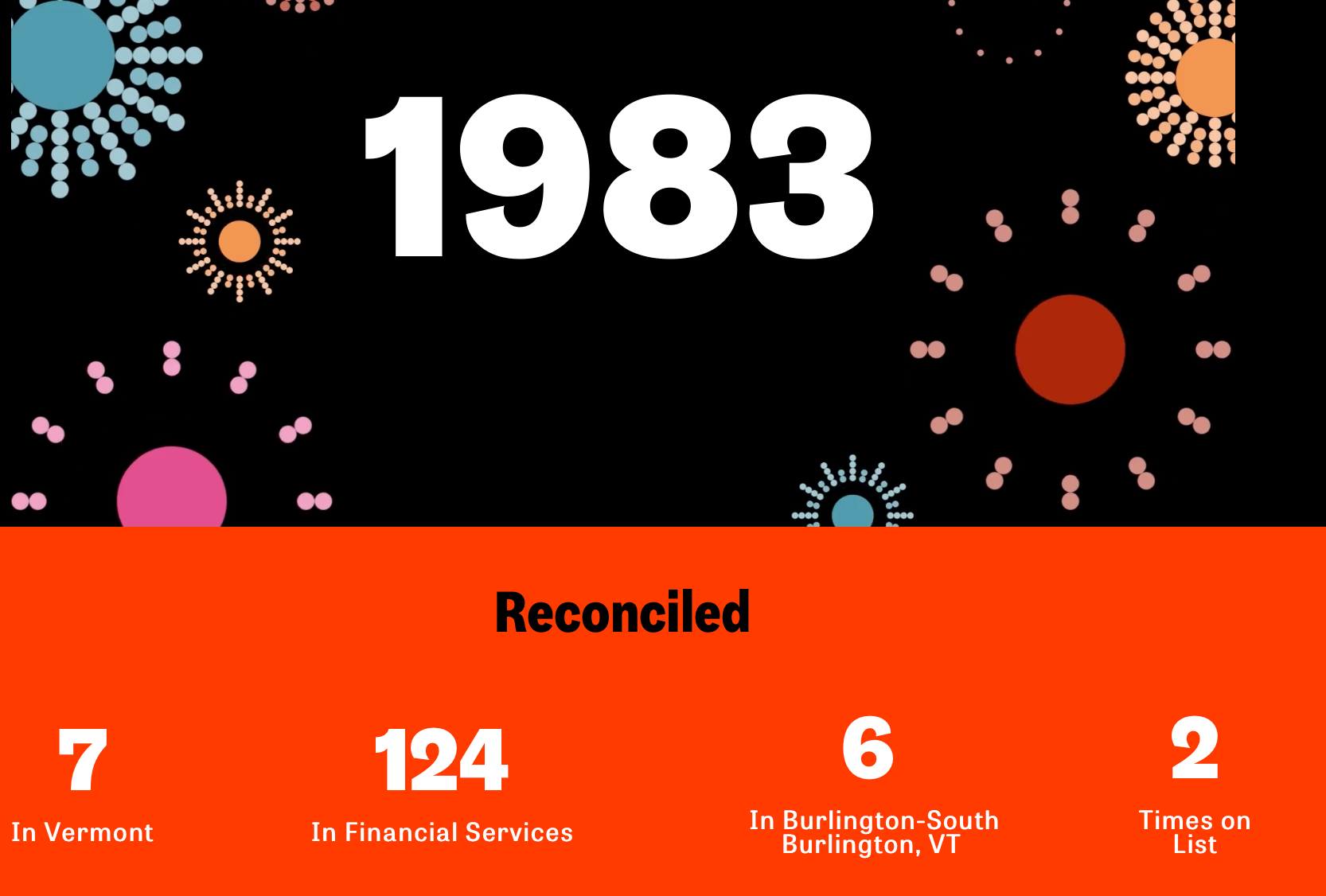You could read an article every day about an entrepreneur who got their “big break” when they received a huge chunk of investor money.
Investor money is less typical for most entrepreneurs — #everydayentrepreneurs , we like to call them. So, if everyday entrepreneurs don’t get their funding from investors, how do they get business funding? They do so from their local lenders through small business loans.
And even those that get angel or venture money have often already taken out loans. Building a business that has the capacity to get you loan money won’t just result in the benefit of more cash in your bank account. It’ll help you create a business that’s more likely to succeed.
We talked to a couple of lenders in our local community — Burlington, Vermont — to find out what it takes to get business funding.
Build a relationship
Of course, having a stellar application package is a great way to secure a loan, but building a package that has the best chance of success often requires reaching out before you have the whole thing put together.
“I always welcome the idea stage conversation,” says Colin Branon, Business Loan Manager at New England Federal Credit Union. “Commercial lending is a relationship business. It’s best for us to get to know the borrower and for the borrower to get to know us. That way we can walk through where the entrepreneur is and how we can help them grow.”
Have a business plan to get business funding
What is one of the first things a lender will tell you that you need? A business plan.
“You’ve got a great idea. Now test it on paper,” says Branon. “Who is your customer? How do they pay you? How are you different than others? What is your experience level?”
Branon strongly encourages entrepreneurs to take advantage of free resources, like their local small business development centers or SCORE.
Business owners with two years of company tax returns may not need a business plan, but, Branon says, it’s never a bad thing to have on hand.
A business plan isn’t just a mechanism that allows the bank to gauge your potential success — though it is definitely that. It also helps you understand your capacity to repay the loan. “The last thing you want to do is convince the bank to give you a loan for $100k and then you’re left with a $100k problem,” says Branon.
A business plan helps you identify those places where you need additional work.
Your business plan will need to have three years of financial projections, month-over-month revenue and expenses detailed out (aka, how you’re going to be able to repay the loan), and an indication of the entrepreneur or business owner’s personal investment.
Be prepared to provide collateral and a guarantee
Entrepreneurs may not realize that even if they create an LLC, the entrepreneur has to guarantee any loan to get business funding. Most banks and credit unions require any 20% or greater owner to be a personal guarantor of the loan.
That means that if the business isn’t able to make the loan payments, the entrepreneur is personally responsible.
Of course, one of the ways lenders ensure that they’ll get a return on their investment is to require appropriate collateral. For instance, someone building a manufacturing facility might provide the equipment being purchased as the collateral — or the receivables that they’re creating, the future goods.
Lending institutions get pretty detailed about how funds will be used. They rarely let money out the door without having the invoices in hand, and then they’ll pay the money directly to the vendor.
Don’t do it all yourself
Reconciled isn’t the only advocate of focusing on your strengths and hiring experts in the other areas of your business.
In addition to working with local resources, Branon loves to see an entrepreneur working with a bookkeeper or accountant.
“Typically a business owner is good at their particular trade — and that’s not always financials. The best thing they can do is hire someone to help with that. It gives me confidence that they understand how important it is because they’ve actively sought help.”
What if you get turned down?
Okay. Getting turned down is never what you want, but it happens all the time. And it doesn’t mean the game is over.
In fact, there are lenders out there that won’t even talk to you until you get turned down. So, congrats! You just opened up a whole new lending pool.
Heather Hurlbert is a loan officer with Community Capital of Vermont. They’re a non-profit, mission-based lender, and they’re not regulated by a financial institution. That means they have a lot more flexibility in terms of when they can lend, and they typically focus on business owners that are low to moderate-income, women-owned businesses, minority-owned businesses, or businesses that don’t have a lot of collateral or where the owner has previously gone through bankruptcy or had personal financial troubles.
They also don’t lend out the amount of money that a traditional bank or credit union would — their cap is $100,000.
“Because we do what some would consider riskier lending,” Hurlbert says, “ We charge a slightly higher interest rate than a traditional lender, but it’s still very reasonable.”
Even if you’re working with an alternative lender like Community Capital of Vermont, you’ll still need a solid plan for how your business will pay back the loan.
“Sometimes borrowers work closely with our team to develop a business plan,” says Hurlbert. “But often they’ve put in that initial business planning work with guidance from other local resources.”
A volunteer loan committee from across the state reviews all loan applications that come into the Community Capital of Vermont. The committee is made up of small business owners, accountants, and bookkeepers.
“We also have support services in place to help people get through those first few years. Our business advisory staff provides help with things like marketing, bookkeeping, and strategic growth planning. Our success rate on loan repayment is phenomenal,” says Hurlbert. “We’re very busy.”
For many entrepreneurs and small business owners, local lending institutions are more than a possible source of funds. They’re partners in helping businesses understand their market and reach their goals.
Starting relationships with lenders in your community early in your startup process will help ensure you’re on the right track toward getting business funding and creating a business that can succeed. And if you get turned down for a loan with a traditional lender, ask about local alternative lending institutions and other free resources that focus on entrepreneurs like you.
The post How to Get Business Funding appeared first on Reconciled.
Recent Posts







